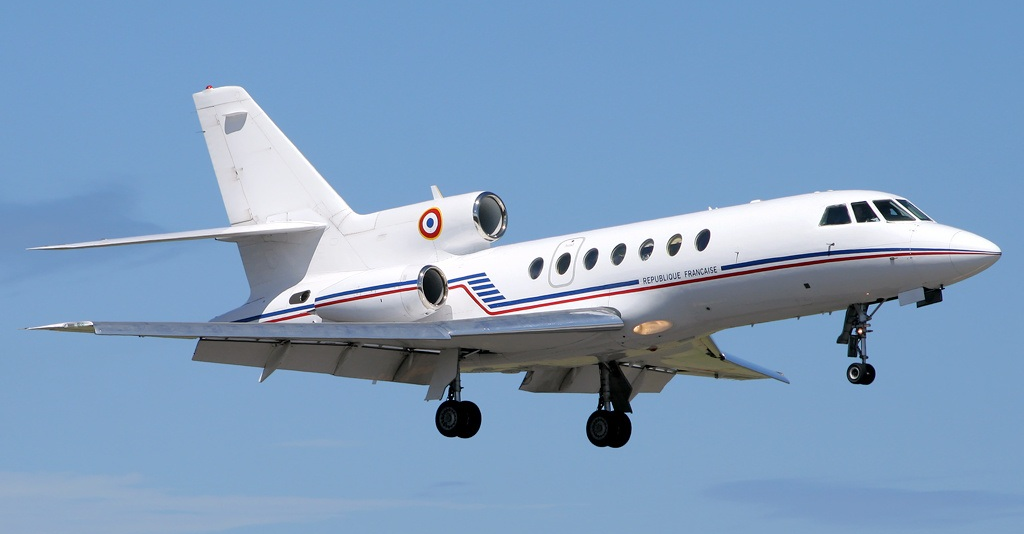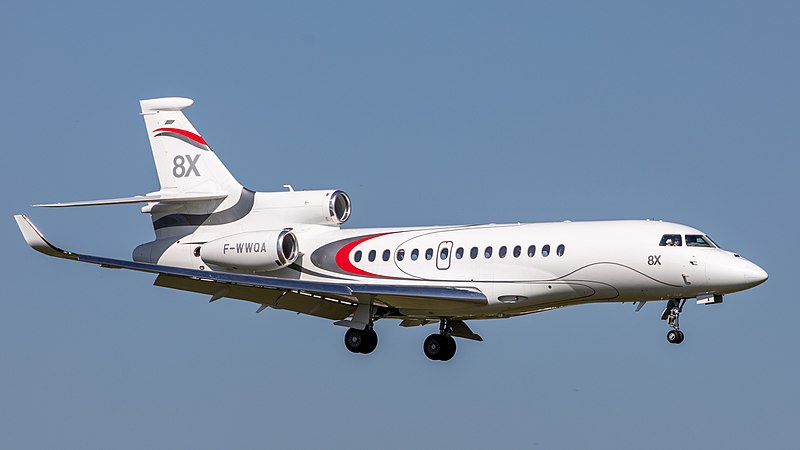The announcement of the new Chinchero International Airport in Peru, overseen by the Korea Airports Corp. (KAC) led consortium, marks a pivotal moment in Machu Picchu tourism and regional transportation. This $30 million project, slated to open in 2026, is set to transform access to the legendary Machu Picchu, offering direct flights from major cities in Latin America and the USA. While this presents a golden opportunity for business aviation operators, it simultaneously stirs a heated debate over preserving the region's cultural and environmental heritage.
The current closest international airport to Machu Picchu is the Alejandro Velasco Astete International Airport (CUZ) in Cusco, Peru, approximately 48 Mi (77 km) away from Machu Picchu. This airport, operating at 3,310 meters (10,860 feet), is a principal tourist gateway in Latin America, handling a significant number of national and international passengers. Despite its limited capacity due to its location near the city's center, it remains Peru's second most crucial air terminal. As of 2016, the airport handled 3,209,153 national and international passengers.
The Alejandro Velasco Astete International Airport, named after the pioneering Peruvian pilot Alejandro Velasco Astete, began service in December 1964. It has a paved runway of 3,400 meters (11,155 Feet) long and 45 meters (158 feet) wide, designed to accommodate the high-altitude operational requirements. For Private aircraft travelers, the airport is Host to Talma Airport Services, currently the only Fixed Base Operator (FBO) serving Alejandro Velasco Astete International Airport (CUZ, SPZO). They offer a range of aviation services, including airport fees, VIP/private catering, landing and overflight permits, crew meet and assist, Jet A1 fuel, basic ground handling, airside crew transport, and passenger meet and assist services.
In contrast, the new Chinchero International Airport is located in the Chinchero District of the Cusco Region and is planned to replace the Alejandro Velasco Astete International Airport. Set at 3,720 meters (12,200 feet), it will be eight times larger than the existing airport, with an initial passenger capacity of five million annually, expandable to eight million. This eco-friendly infrastructure project, estimated at $427 million, aims to enhance connections to other international airports and boost socioeconomic development locally and regionally.
Chinchero International Airport Overview
- Runway and Taxiway Specifications: A 4,000m (13,125 Ft) long runway capable of handling diverse aircraft types, though limitations exist for larger aircraft due to high altitude.
- Altitude Challenges: At 3,720 meters (12,200 Ft) above sea level, the airport poses unique operational challenges, particularly for larger aircraft.
- Terminal and Capacity: The airport boasts a 40,000m² (430,556 square feet.) terminal with 13 gates and an initial capacity for five million passengers annually, expandable to eight million.
- Facilities and Services: Includes comprehensive passenger services, an extensive parking area, and crucial infrastructure like a firefighting and rescue building and maintenance facilities. Currently, no specific information is available about Talma Airport Services FBOs’ involvement or plans for the new airport.
Regional Transportation. Opportunity for eVTOL:
Regarding regional transportation, There has been discussion about building a road from the Cusco region to the high jungle region behind Machu Picchu. It's important to note that this road will not go all the way to Machu Picchu or the village of Aguas Calientes, the gateway town to Machu Picchu. The road construction faces challenges such as limited train service and rugged terrain, and it only aims to connect Cusco to Santa Teresa, not directly to Machu Picchu.
Currently, the only to reach Machu Picchu from Cusco is by:
- The most popular and easiest way to reach Machu Picchu from Cusco is by train. Two leading companies operate this route: PeruRail and Inca Rail. They offer services from Poroy Station (near Cusco), which typically takes 3 to 3.5 hours. Or Ollantaytambo Station (in the Sacred Valley) to Aguas Calientes, the town located at the base of Machu Picchu. This trip usually takes 1.5-2 hours. The journeys offer spectacular views of the Andean landscape.
- For adventure enthusiasts, the Inca Trail offers a memorable trekking experience. This 4-day hike covers ancient Incan trails, passing through cloud forests, alpine tundra, and several archeological sites before reaching the Sun Gate at Machu Picchu. Advance booking is essential as permits are limited.
- Several alternative trekking routes lead to Machu Picchu for those who wish to avoid the crowded Inca Trail. These include the Salkantay Trek, the Lares Trek, and the Choquequirao Trek, each offering a unique combination of natural beauty and cultural experiences.
- A budget option involves taking a bus from Cusco to Hidroeléctrica followed by a 2-3 hour walk along the train tracks to Aguas Calientes. This route is more adventurous and less touristy.
- While less common and subject to availability, helicopter rides to Machu Picchu can be arranged for those seeking a luxurious and fast way to visit the site. However, this mode of transportation is generally more expensive and less environmentally friendly.
- Some travelers take a car or a combination of public transportation to the Hidroeléctrica station and then walk to Aguas Calientes. This is a less common route but can be an adventure in itself.

The concept of using eVTOL (electric Vertical Take-Off and Landing) services between the new Chinchero International Airport and Machu Picchu, with vertiports in Aguas Calientes and a site within walking distance from Machu Picchu, is an innovative idea that could offer several benefits, especially in terms of reducing road traffic and enhancing the tourist experience.
- eVTOL services could significantly alleviate the road congestion leading to Machu Picchu, particularly during peak tourist seasons.
- eVTOLs can provide a direct and quick mode of transportation, reducing travel time compared to road or rail transport.
- Being electric, eVTOLs are more environmentally friendly than traditional combustion engine vehicles, aligning with the sustainable tourism goals in ecologically sensitive areas like Machu Picchu.
- Offering aerial views of the Andes and the Sacred Valley, eVTOL flights could become an attraction, enhancing the overall tourist experience.
The integration of electric Vertical Take-Off and Landing (eVTOL) aircraft and the construction of vertiports near Aguas Calientes and the iconic Machu Picchu represent a bold step towards modernizing transportation in one of the world's most treasured historical sites.
The Chinchero International Airport symbolizes economic potential and a test of responsible development. Business aviation operators have a pivotal role in shaping this narrative, balancing the lure of economic benefits with the imperative of preserving Machu Picchu's invaluable legacy.
The potential introduction of eVTOL services near Machu Picchu offers a futuristic vision of travel, leave us at a crossroads of innovation and tradition, blending modernity's allure with sustainable tourism's imperatives.


